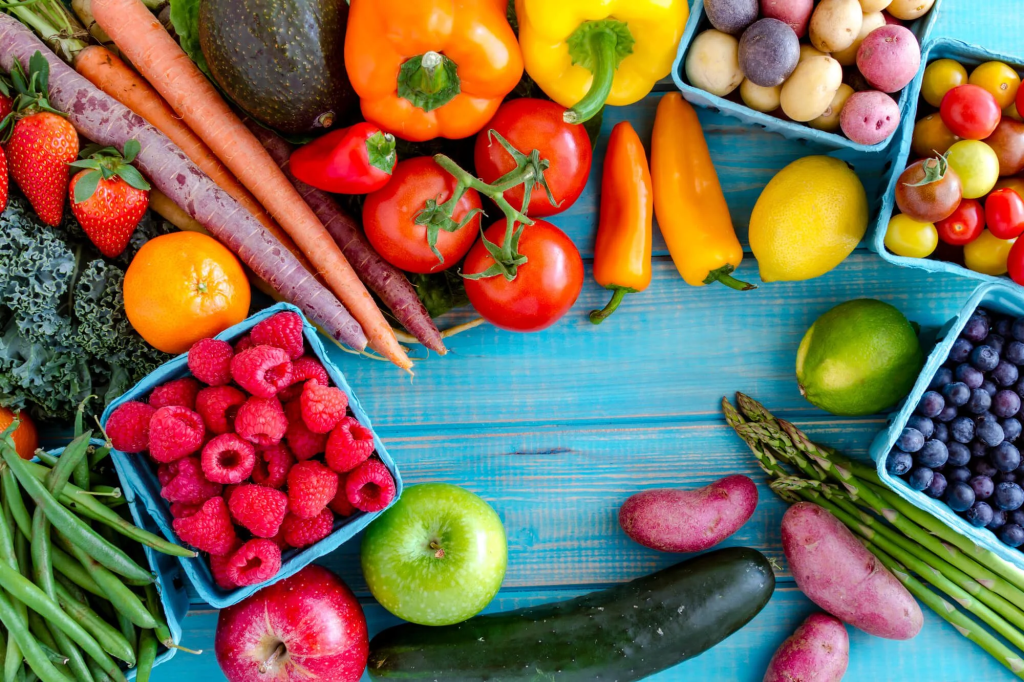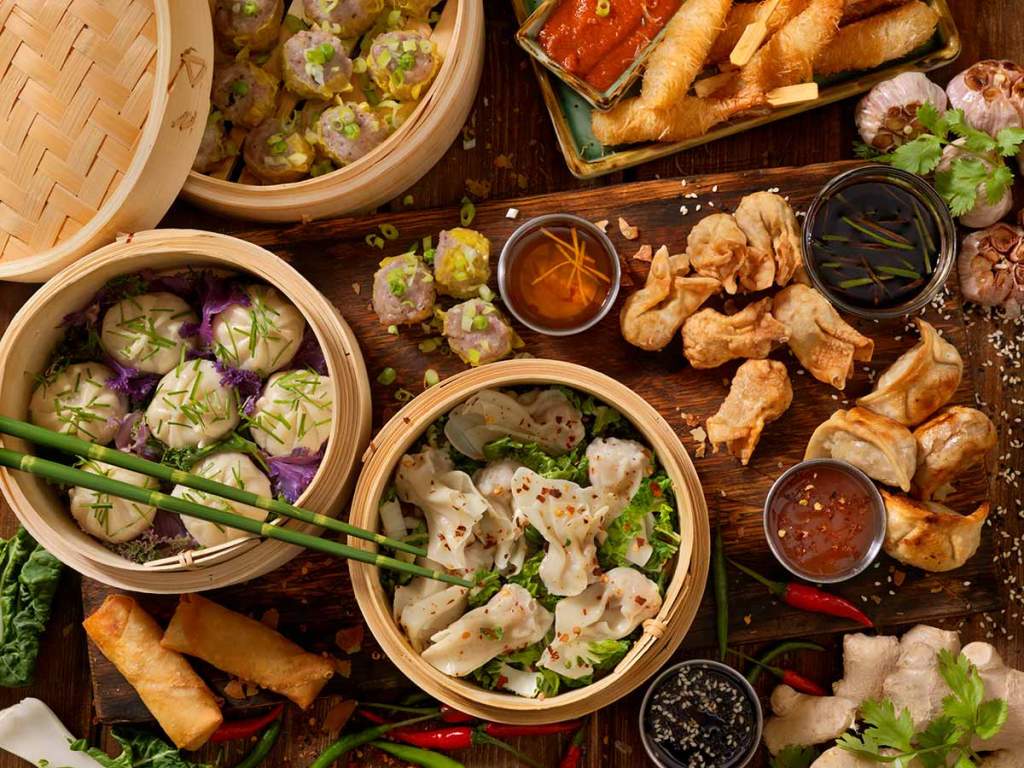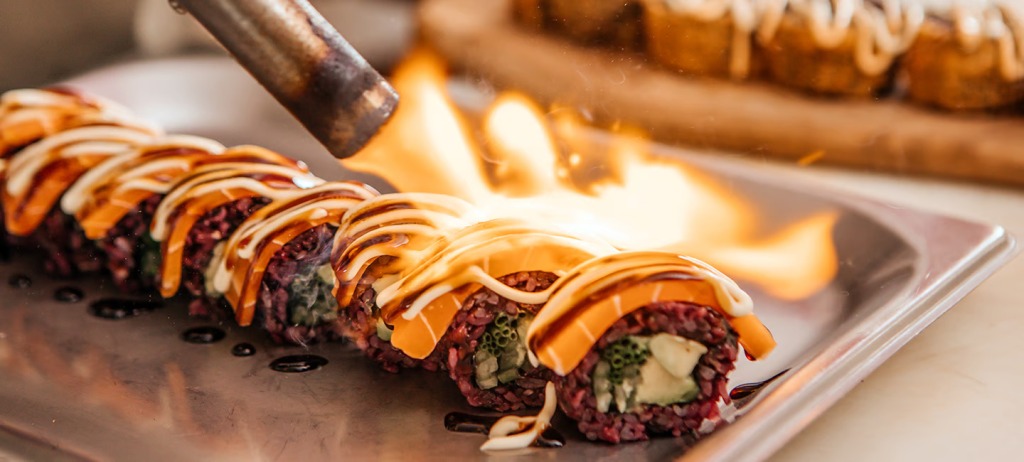Do you think you can get only essential nutrients from an animal-based diet? No! In fact, embracing a plant-based lifestyle offers many ways to obtain vital nutrients crucial for optimal health. From protein to omega-3 fatty acids, vitamins, and minerals, plant-based foods are rich sources of nourishment. Let’s debunk the myth that animal products are the only way to meet nutritional requirements. Are you wondering about the plant based diet and its impact? Then, read Ang Chong Yi’s reasons for choosing a plant-based diet and learn about the beneficial impact of plants on a healthier future.

Protein
Protein, an essential macronutrient, is required to form many physiological tissues, including muscles, enzymes, hormones, and immunological components. Despite the frequent misperception that vegan diets lack adequate protein, effective planning enables vegans to meet their protein requirements. Lentils, chickpeas, black beans, tofu, and tempeh are high-protein vegan options. Also, whole grains such as quinoa, brown rice, oats, nuts, and seeds like almonds, chia seeds, and pumpkin seeds are rich in protein source. It is critical to alternate protein sources to ensure you get a varied range of amino acids, which are the building blocks of protein.
Iron
Iron is necessary for maintaining healthy blood and preventing iron deficiency anemia because it helps transport oxygen throughout the body. Dark leafy greens like spinach, kale, and Swiss chard, as well as beans and lentils, are excellent sources of iron. Dried fruits such as apricots and raisins also help with iron consumption. Combine iron-rich foods with those high in vitamin C to improve iron absorption, as vitamin C aids in absorbing non-heme iron. For example, adding bell peppers to a spinach salad or lemon juice over lentils will greatly increase iron absorption.
Omega-3
Omega-3 fatty acids are crucial for optimal brain and heart function and for reducing inflammation in the body. Did you know that you can obtain these essential nutrients from plant-based sources? Alpha-linolenic acid, abundant in flaxseeds, chia seeds, hemp seeds, and walnuts, is your ticket to a well-nourished body and mind. Your body can convert ALA into long-chain omega-3 fatty acids like eicosapentaenoic acid and docosahexaenoic acid. It ensures you receive all the benefits without relying on animal products.
Vitamin C
Vitamin C, a powerful antioxidant, is crucial in supporting the immune system, promoting collagen formation, and facilitating iron absorption. Thankfully, this essential nutrient is plentiful in many plant-based foods. Citrus fruits includes oranges, grapefruits, and lemons are well-known for their high vitamin C content. Other vitamin C-rich foods that will delight your taste buds and benefit your body are Brussels sprouts, colorful bell peppers, strawberries, and kiwis. You can easily take control of your health and reap the amazing advantages of vitamin C with these plant-based powerhouses.
Capping Words
Making the switch to a plant-based diet opens a wealth of nutrient-dense options. By reading the “Ang Chong Yi-The Health Benefits of an Indian Diet,” you can admire how an Indian diet relies heavily on vegetables, lentils, beans, nuts, seeds, and spices that deliver a powerhouse of antioxidants, fiber, healthy fats, and protein.







